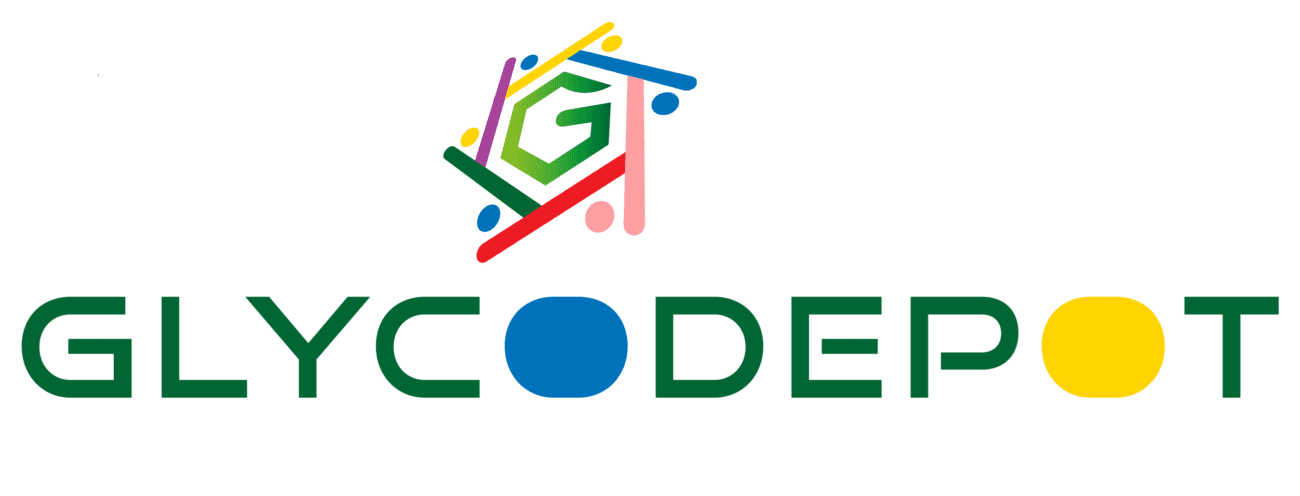2,3,4,6-Tetra-O-acetyl-α-D-mannopyranosyl bromide (often called acetobromo-α-D-mannose) is a protected, activated glycosyl bromide used as a powerful mannosyl donor in synthetic carbohydrate chemistry. It is derived from D-mannose, with all four ring hydroxyls converted to acetates and bromine introduced at the anomeric carbon in the α-configuration, giving a highly reactive but isolable intermediate for constructing mannosides and complex oligosaccharides. The compound is typically supplied as a pale yellow to beige waxy solid or powder, sometimes stabilized with a small percentage of CaCO₃ to limit hydrolysis. With molecular formula C14H19BrO9 and molecular weight about 411.2 g/mol, it dissolves in organic solvents such as chloroform or methanol and is handled under cool, dry, inert conditions. It is synthesized from mannose via peracetylation to the penta‑O-acetate followed by bromination at C1, then purified and qualified by NMR and HPLC. As a key mannosyl donor, it is widely used to prepare α‑ or β‑mannosides, mannosylated glycoconjugates, glycomimetics, and as a model substrate in organometallic oxidative‑addition studies, with typical shelf life of 1–2 years when refrigerated and protected from moisture.IUPAC Name
- [(2R,3R,4S,5S,6R)-3,4,5-triacetyloxy-6-bromooxan-2-yl]methyl acetate
Appearance
- Pale yellow to beige waxy solid or powder; sometimes described as pale‑yellow syrup or yellow–beige solid.
Source
- Prepared from D-mannose via:
- Peracetylation to 1,2,3,4,6‑penta‑O-acetyl-α-D-mannopyranose.
- Selective bromination at the anomeric position using HBr/acetic acid or similar reagents to give the tetra‑O‑acetyl mannosyl bromide.
Molecular Weight and Structure
- Molecular formula: C14H19BrO9
- Molecular weight: 411.2 g/mol
- Structure: α‑D‑mannopyranose ring with acetyl esters at O2, O3, O4, O6 and bromine at C1; formally a tetraacetate mannosyl bromide.
Sugar Specificity
- Retains the stereochemistry of α-D-mannopyranose at all ring centers, functioning as an α‑mannosyl donor.
- Used to introduce mannosyl residues into oligosaccharides and glycoconjugates with controlled stereochemistry.
Biological Activity
- Not used as a direct drug; its role is as a synthetic glycosyl donor.
- Employed to generate mannosylated ligands for lectins, glycosidases, and for mechanistic organometallic studies (e.g., oxidative addition to Ir complexes showing retentive vs invertive pathways).
Purity and Microbial Contamination
- Commercial specifications typically indicate ≥95–98% purity, often stabilized with 1–4% CaCO₃ to limit decomposition.
- Entirely synthetic, low‑water organic solid; microbial contamination is negligible when stored dry and under inert atmosphere.
Identity and Quality Control
- Identity confirmed by 11H/1313C NMR, showing characteristic acetyl methyl signals and anomeric region, plus MS (m/z ≈ 411).
- Suppliers provide COA with assay, melting point (approx. 60–61 °C), sometimes density and IR data, and often specify “refrigerator, under inert atmosphere” as storage condition.
Shelf Life and Storage
- Recommended to store at 2–8 °C, dry, preferably under inert gas and protected from moisture and light.
- Under these conditions, typically stable for at least 1–2 years; CaCO₃ stabilization further improves shelf life by scavenging HBr and acid.
Application
- Glycosyl donor for synthesis of α‑ and β‑mannosides in oligosaccharide and glycoconjugate assembly under Lewis acid catalysis.
- Used to prepare mannosyl building blocks and modified carbohydrates for glycobiology and vaccine or drug‑delivery research.
- Model substrate in organometallic oxidative‑addition studies of glycosyl bromides to transition‑metal complexes.
Key Characteristics
- Activated α-D-mannosyl bromide fully protected as tetraacetate (powerful mannosyl donor).
- CAS 13242‑53‑0; MF C14H19BrO9; MW 411.2 g/mol.
- Pale yellow/beige waxy solid; soluble in organic solvents; often supplied with 1–4% CaCO₃ stabilizer.
- Widely used in synthetic glycochemistry for constructing mannosylated architectures.
- Requires cool, dry, inert storage; good stability and purity when handled correctly.
Citations
- PubChem entry for α-D-mannopyranosyl bromide, 2,3,4,6-tetraacetate (structure, names, identifiers).
- ChemicalBook product data for 2,3,4,6-Tetra-O-acetyl-α-D-mannopyranosyl bromide (formula, MW, synonyms, properties).
- Chemdad technical sheet including melting point, storage, and basic properties.
- Sigma‑Aldrich / AstaTech listing showing CAS, formula, and stabilization with CaCO₃.
- CymitQuimica catalog entry for α-D-mannopyranosyl bromide, 2,3,4,6-tetraacetate (synonyms, classification).
- Chemical-suppliers.eu / CSP listing summarizing structure and property overview.
- PubChem entry for α-D-glucopyranosyl bromide, tetraacetate as closely related acetobromo sugar data.
- ChemicalBook entry for 2,3,4,6-Tetra-O-acetyl-α-D-glucopyranosyl bromide (use as glycosyl donor, comparison).
- Figshare/oxidative addition study showing acetobromo-α-D-mannose behavior in Ir complexes.
- General supplier overviews of acetobromo sugars used as glycosyl bromide donors (glucose/galactose analogs).

Reviews
There are no reviews yet.